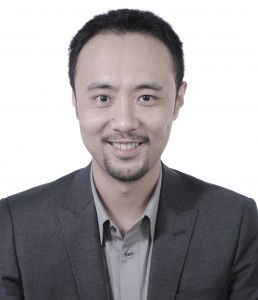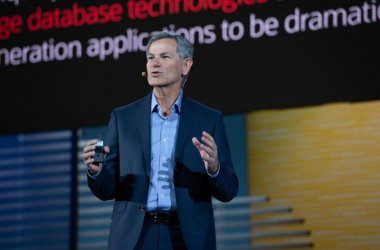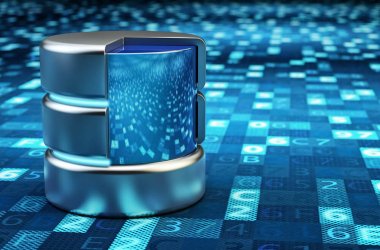
Shi Yaohong, Middle East President, Huawei, previews the innovations that are set to usher in a new age of digital citizenship.
The history of human social development is, to some extent, the history of human scientific and technological progress. The past year has witnessed several waves of progress made possible by ICT, including those used for transnational business, home entertainment, and social networking.
Internet users exceeded 2.4 billion in 2012 – over 34% of the world’s population – with this figure growing by roughly 8% each year. Today, there are also as many as 1.1 billion smartphone subscribers, an astonishing increase of 42% over 2011. Last year electronic retail sales worldwide also toppled US$1.1 trillion. This is just the beginning.
On the local level, we believe that the region’s ICT innovations will emerge from four key areas in 2013, namely translating “big data” into “big wisdom”, rethinking information storage, the interconnectivity of broadband, and the pioneering of even more intelligent smart devices.
From big data to big wisdom
Today, we are living in what is often referred to as the “big bang” of information. In 2012, up to 2.4 zettabytes of data (that’s 2.4 billion terabytes) was generated globally. To put that into perspective, it would take as many as three trillion DVDs to store all this data. By 2020, the amount of data generated is expected to grow 14-fold.
By combining the analytical capabilities of the human brain to determine behavioral patterns – plus the data-processing capabilities of computers – in 2013, we will be able to more quickly analyse big data to map the relationships, intentions, consumption patterns, and mobility of information. From big data to big wisdom, IT systems shall no longer function as post-processing support systems. Rather, they will become real-time systems that facilitate all kinds of business operations; a transition that marks a fundamental change in IT.
Rethinking storage architecture
The rebuilding of data centres will prove the basis of supporting big wisdom. Over the past two decades, most local enterprises have applied a concept known as “client-server architecture” for their IT. Within this model, the server primarily stores individual volumes of an enterprise’s data, often leaving data scattered across employee PCs and various physical servers. Although these systems were constantly upgraded in 2012, their upgrades were often repetitive rather than transformative.
As Internet technologies have continued to develop, data has already begun its migration from the PC to the cloud, causing a sharp spike in virtual data volumes in the Middle East and beyond. The need to store such vast volumes in 2013 will drive a new breed of innovations in local storage architectures – most visibly, this will mean better security firewalls, improved power efficiency and shorter deployment times.
Broadband and interconnectivity
Low-capacity communication networks are hindering the growth of our digital society as well as users’ experience within that society. To drive this migration, networking with greater bandwidth is required to enable seamless ultra-broadband access – the basis for building a digital society. In addition to technologies like LTE, which have gained widespread traction in the Middle East during 2012, the concept of software-defined networking (SDN) will be at the forefront of that change in 2013. This concept recognises that, as networks grow with technologies being upgraded rapidly, it is crucial that networks be flexible and scalable.
By adopting core SDN concepts such as virtualisation, centralised resource scheduling and automatic deployment, the region’s ICT industry will be able to more intelligently manage data traffic as it is shared across multiple devices and more overall subscribers.
More intelligent “smart” devices
Within 2013, we believe that handheld devices such as smartphones and tablets will become significantly more intelligent through context-aware and sensory capabilities. What makes a device intelligent is, after all, far more than just its CPU or operating system. By advancing various sensor technologies such as GPS, light sensors, gyroscopes and infrared instruments, we can extend the human sensory and nervous systems in the form of intelligent devices.
These products will be context-aware and able to both sense and predict behavior, which is already seen in features such as auto-completion texting. By combining cloud-based big data analysis with context-aware devices, we can enjoy more personalised services that realise true human-machine interaction.
Information and communication technologies have significantly changed the way in which people live and work over the past few decades, spawning new economies while reshuffling traditional ones. No doubt, the increasing integration of the physical and digital worlds will have a more tremendous impact on our society moving into 2013.





